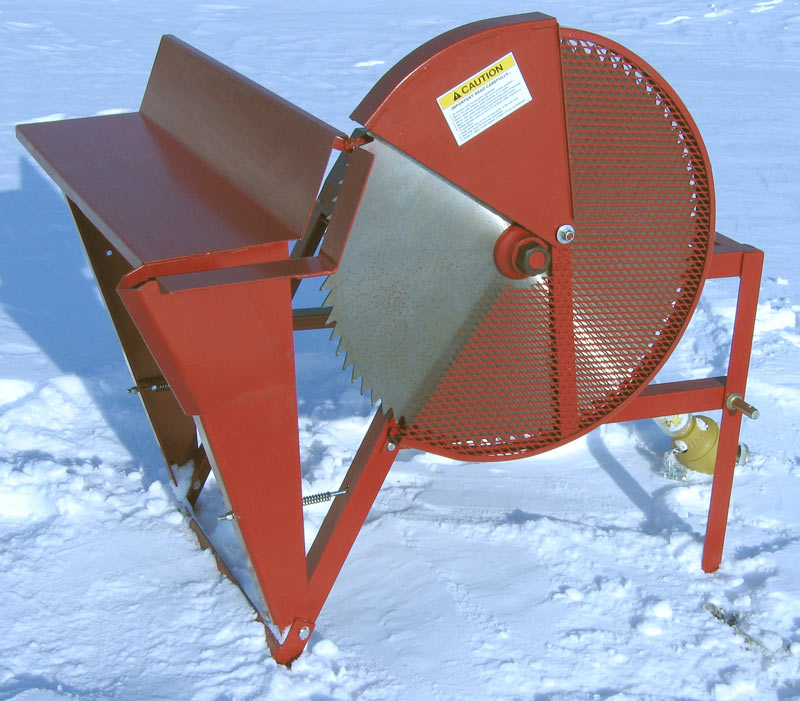There are 'reverse pitch'
jigsaw blades, which cut on the push stroke, and leave a splinter-free surface on finished materials. Prevents lifting of laminates, veneers, plaster, etc. Might be some for reciprocating saws as well.
"Bosch T101BR 4 In. 10 TPI Reverse Pitch Clean for Wood T-Shank Jig Saw Blades
Unique reverse-tooth design produces clean top surfaces with minimal splintering. For clean, fast cuts in wood and wood byproducts, countertops, and other visible surfaces. "
View attachment 623114
Philbert







